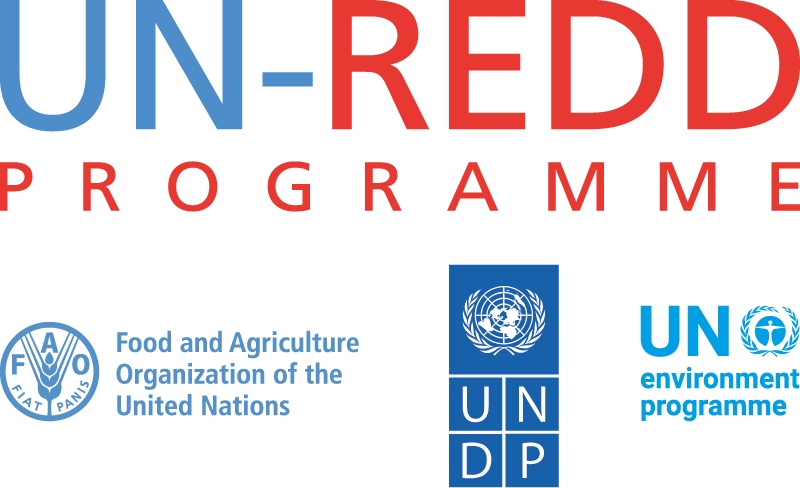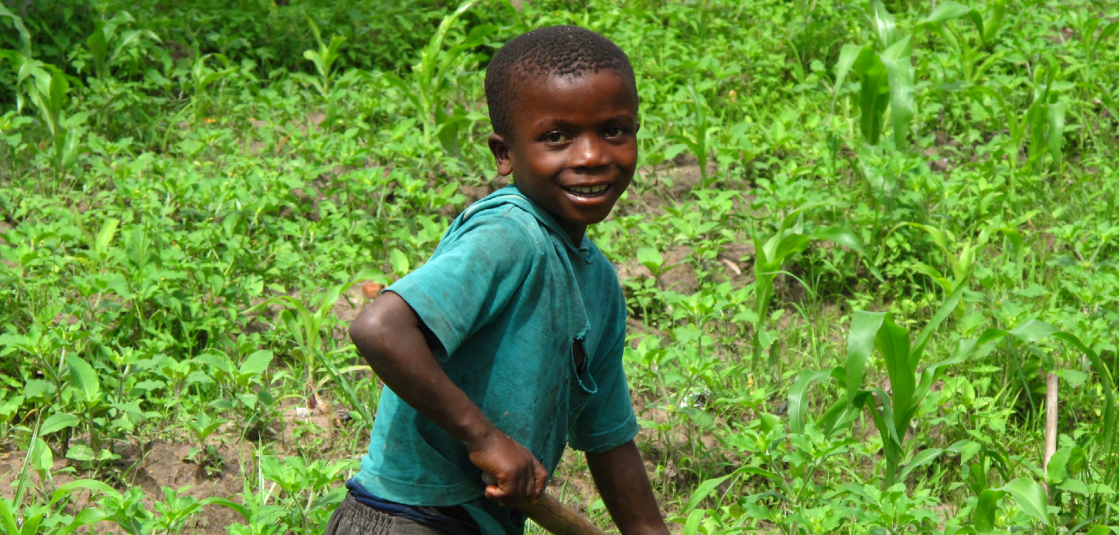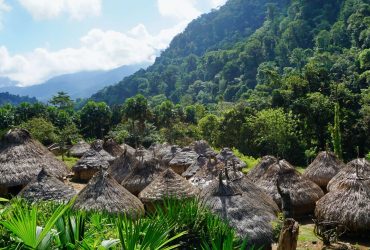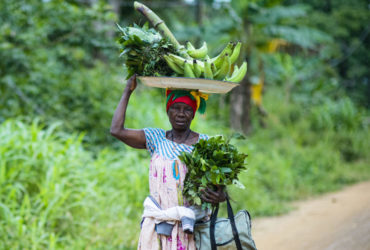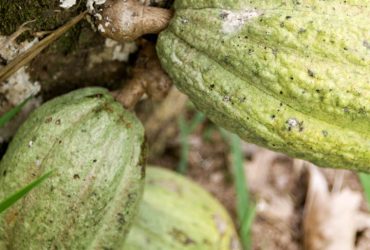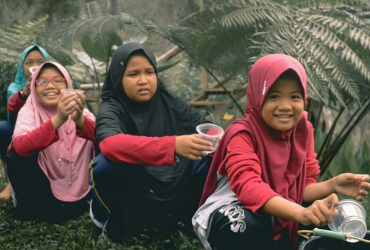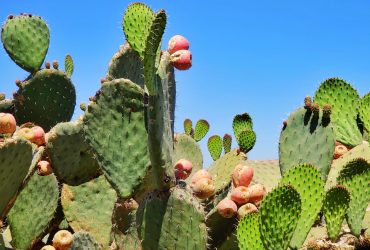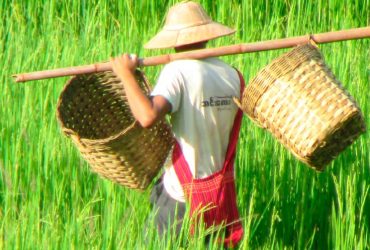PROGRESS AGAINST THE WARSAW FRAMEWORK
NS/AP: In 2020, Zambia’s REDD+ implementation efforts were guided by the NS, including with UN-REDD Programme support for fundraising and building up the necessary country systems to implement REDD+. Zambia first prepared its National REDD+ Strategy in 2014, which was launched in 2017.
FREL/FRL: With the support of the Programme, Zambia compiled an updated FREL in 2020 (Output 2.5). It was submitted to the UNFCCC in early 2021 for technical assessment. The new FREL includes improved activity data and emission factors. It also updates the reference period and breaks down estimates by province. This improved dataset will provide a basis for improved planning of mitigation efforts and also a basis for reporting any emission reductions from 2019 onwards.
NFMS: The UN-REDD Programme coordinated a group of agencies, including USFS, FAO and the FCPF, facilitating to jointly deliver coherent technical support on the NFMS, avoiding duplications of efforts and creating connections for potential collaboration and scaling up. Activity data were collected through a mapping campaign and using the latest methodological approaches, which will make future updates easier and enhance the usefulness of data also for planning mitigation activities. Emission factors were calculated through a re-analysis of results from the National Forest Inventory (Integrated Land Use Assessment Phase II).
SIS: Zambia made significant progress in the development and operation of its SIS in 2020, by designing the webpage and structuring the database with UN-REDD support. After stakeholder validation, formal approval will be needed to publish the SIS webpage. The country also developed a draft proposal for improving the national interpretation of UNFCCC REDD+ safeguards, by incorporating elements of the World Bank’s Environmental and Social Framework.
REDD+ IMPLEMENTATION
Guided by the REDD+ strategy and the REDD+ investment plan, in 2019 and 2020, Zambia worked with UN-REDD support to acquire additional funding for REDD+ implementation from the GCF’s REDD+ Simplified Approvals Process (GCF SAP-REDD+). The project proposal targets reducing GHG emissions from deforestation and forest degradation in Zambia’s North-Western Province in support to NDC implementation and for RBPs (output 3.29).
In 2020, the country’s Forestry Department continued its work on designing Zambia’s approach to nesting subnational REDD+ efforts and carbon credit projects. Notably, this includes work towards a statutory instrument on carbon management, which would regulate carbon ownership and benefit-sharing and thereby facilitate access to carbon finance through projects and jurisdictional programmes.
CHALLENGES AND SOLUTIONS
The Zambian Forestry Department is stretched in terms of human resources and time available to dedicate to the development of the REDD+ work.
In 2020, COVID-19 created enormous challenges for the delivery of technical assistance. Missions to the country had to be suspended, some in-person meetings could not take place, other meetings and workshops were postponed, or had to be reorganized to implement COVID-19 protocols. The UN-REDD team has shifted their modus operandi towards online interaction and has, despite great difficulties, been able to deliver progress.
GENDER AND SOCIAL INCLUSION
Gender equality is a guiding principle when organizing capacity development interventions. For example, when organizing workshops, the Programme has tracked gender indicators.
As part of the process of gathering safeguards information, the Department of Gender was identified and engaged as an information provider. The template developed for gathering information on safeguards also considered gender-disaggregated information, where available.
Some CSOs were identified and engaged as information providers as part of the work developed to gather safeguards information for Zambia’s SIS, and these will be engaged at the stage of review and validation of the information. The National Safeguards Technical Working Group, comprised of diverse government institutions and other stakeholders, holds periodic meetings to advance the safeguards processes.
PARTNERSHIPS
The UN-REDD Programme’s work is closely coordinated with other REDD+ initiatives. During 2020, the UN-REDD Programme continued closely coordinating with the Zambia Integrated Forest Landscapes Programme (ZIFL-P) in Eastern Province, which is being proposed for results-based funding to the BioCarbon Fund. Coordination especially covered the exchange of information on activity data and emission factors, as well as potential alignment between the benefit-sharing arrangements for the North-Western Province developed in the context of the GCF SAP-REDD+ project, and for the ZIFL-P for Eastern Province.
LINKAGES TO SDGS
The completion of the FREL, the continued development of the NFMS, and the progress towards the SIS all relate to SDG 15 about the sustainable management of forest resources.
